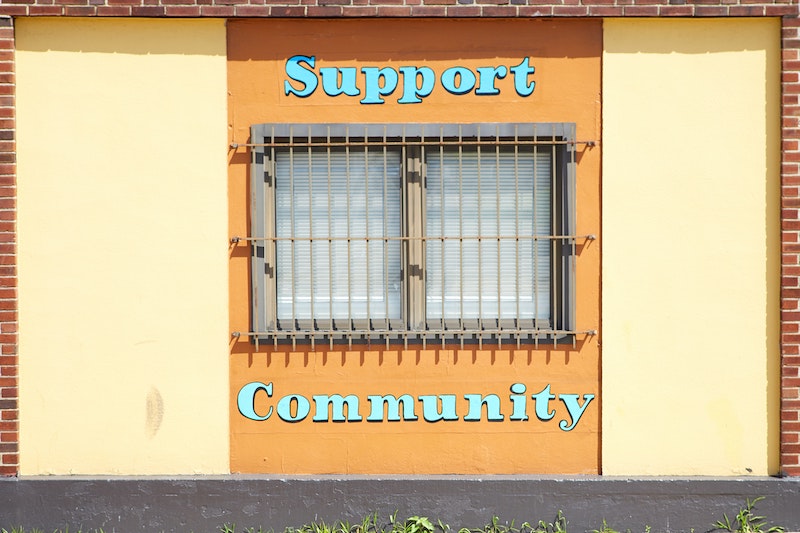How to Invest in Opportunity Zones
Have you recently sold property, stock, or crypto currency for a profit? If so, you may be looking for ways to eliminate or reduce your capital gain...
3 min read
 Megan Anderson
:
Jun 1, 2022 3:00:00 PM
Megan Anderson
:
Jun 1, 2022 3:00:00 PM

Long before the federal government designated 8,764 low-moderate-income (LMI) census tracts as Opportunity Zones with unprecedented tax benefits for private investment, intermediary non-profit organizations existed to encourage and facilitate relationships between private companies and governments. Their goal is to arrange effective partnerships between the private and public sectors, bringing them together to invest in underserved LMI communities. With the creation of Opportunity Zone (OZ) investment and tax benefits, these intermediary organizations have kicked into high-gear and proven to be valuable resources for banks and Qualified Opportunity Funds (QOFs) when selecting sites and projects for OZ investments. Today we will learn more about two of these organizations, and explore how their work coincides with OZ investing to bring renewed prosperity to distressed communities.
In 1979, The Ford Foundation (a private organization started by the Ford Family in the 1930s, with the stated goal of advancing human welfare) created the Local Initiatives Support Corporation (LISC). LISC is a non-profit community development financial institution, whose mission is to facilitate relationships between public and private resources and underserved communities and residents. LISC assists in financing new affordable housing, creative placemaking (murals, painted electronic boxes, creation of other landmarks to distinguish neighborhoods), small businesses, charter schools and more. With 35 offices in both urban and rural areas, they have considerable reach throughout the nation. LISC has invested more than $20 billion in grants, loans and equity into projects over the past 40+ years. Over 420,000 affordable homes have been built and 70 million square feet of commercial space has been created with the $64.8 billion in existing funds. Plans are in place to develop across 924 areas designated by the IRS as Opportunity Zones.
How does LISC approach Opportunity Zones? While recognizing the clear alignment of the program’s goals with their own, they are taking the additional step to address additional challenges to underserved communities: First, they help to minimize gentrification and displacement by getting into distressed communities before for-profit developers. Second, they purposely structure their financing to support both short- and long-term economic growth and opportunity. LISC also focuses on mixed-use projects to bring more rounded value to the community.
LISC utilizes a specific, four-pronged approach to working with the OZ program:
For more than 35 years, Enterprise has been creating opportunities for LMI communities by bringing together private and public sector partners, policymakers and investors on developments building affordable housing and retail space. Enterprise has been a part of creating 585,000 homes over its years and has also spent $43.6 billion on community development projects.
Enterprise actually has two of its own QOFs, the Enterprise Opportunity Fund (an internal proprietary fund) and the Rivermont Enterprise Emergent Communities Fund, which is external. The goal of both funds is to generate responsible return for investors while spurring economic growth in Opportunity Zone communities, creating economic mobility for the residents. Enterprise has identified a pipeline of investment-ready projects in OZs and they also manage the investing Qualified Opportunity Funds investments. Additionally, Enterprise works with banks to help them support OZs as investors in QOFs and by working with them to provide loans to OZ projects.
The goal of the Enterprise Emergent Communities Fund is to revitalize emerging communities and support local entrepreneurs. The fund provides investment for projects across small cities and towns in North Carolina and Virginia. Specifically, this fund invests in mixed-use facilities, which are typically buildings with houses built above retail space. They also finance affordable housing developments for workforce housing meant for essential professionals earning 80-120% of the area median income.
Enterprise uses the Opportunity Zone Reporting Framework (OZFramework) when evaluating the outcome of its projects. Their hope is that using OZFramework will encourage other QOFs to do the same, potentially demonstrating industry-wide impacts of OZ investments and establish best practices for future investment.
Are you a social impact motivated investor interested in investing your capital gain in Opportunity Zones? Check out our fund finder tool today and get connected with a QOF that aligns with your investment goals.

Have you recently sold property, stock, or crypto currency for a profit? If so, you may be looking for ways to eliminate or reduce your capital gain...

There are many champions and many skeptics of the Opportunity Zone (OZ) program. Will it bring lasting positive economic impact to struggling...

Opportunity Zone investing was created by the Tax Cuts and Jobs Act of 2017 to encourage private investment in areas that would typically be...